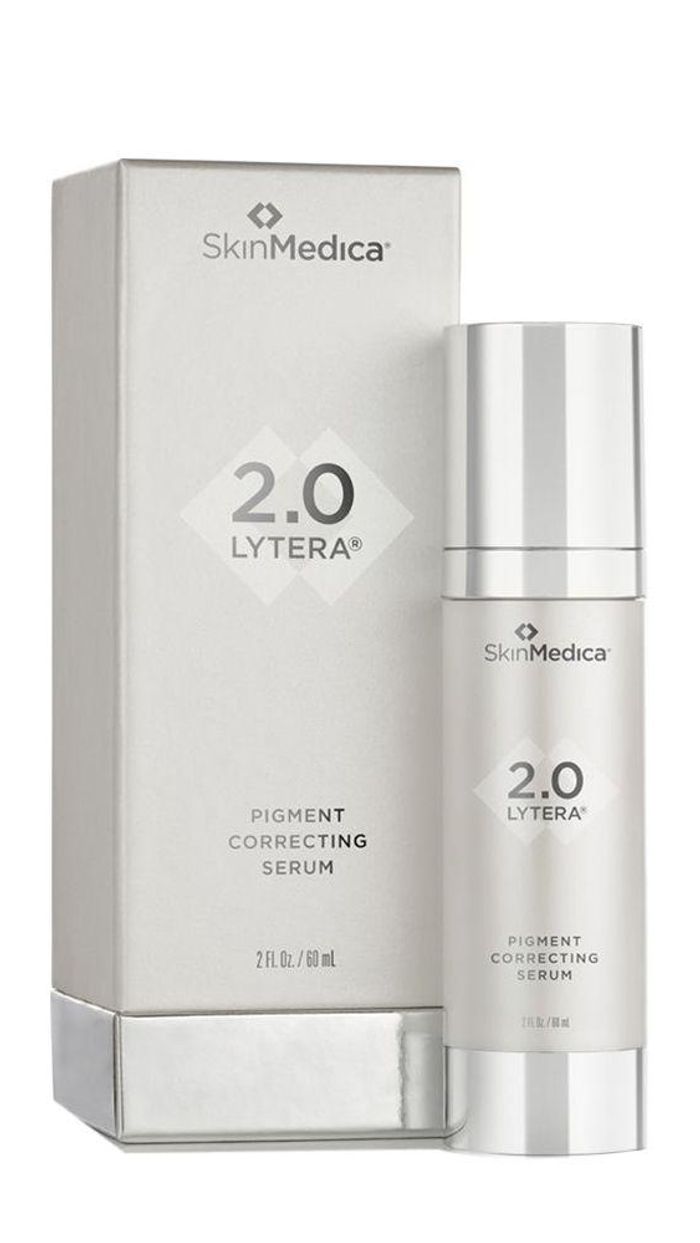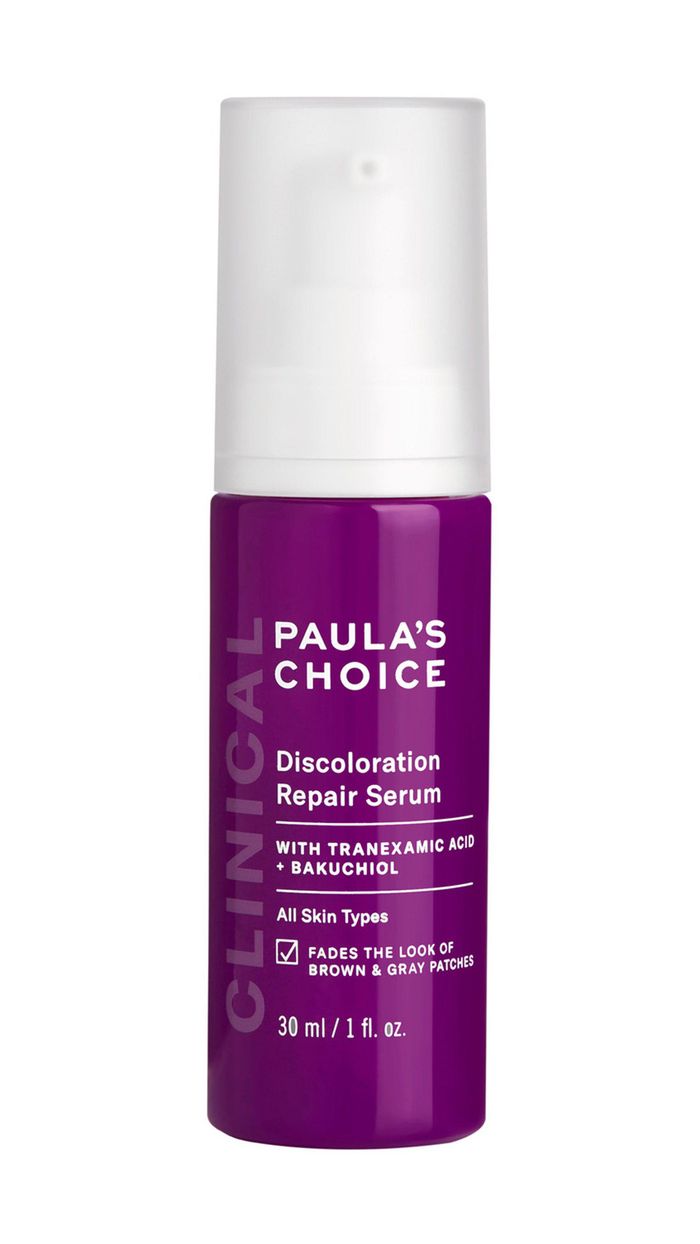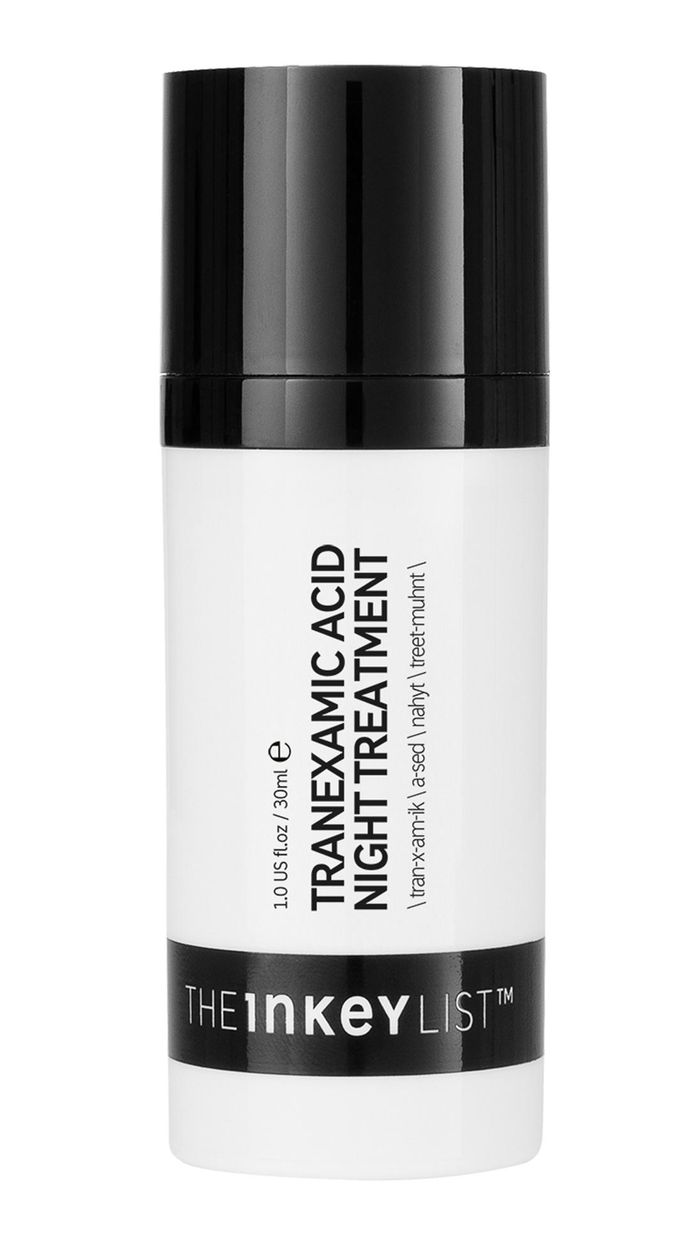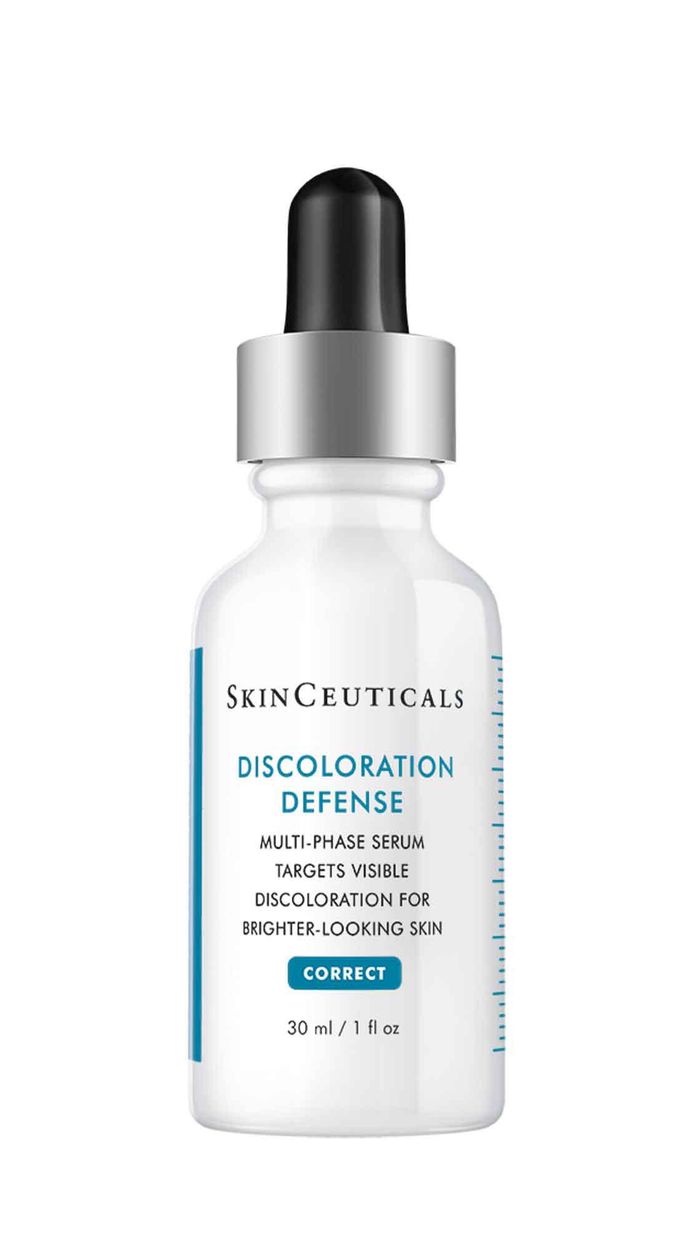Meet the Ingredient That Could Make Your Melasma Disappear
Experts break down why tranexamic acid is so effective when it comes to treating hyperpigmentation.

When it comes to difficult-to-treat skin-care conditions, melasma is at the top of the list. It manifests in the form of blotchy, dark patches on your face and is triggered by a combination of hormones, light, and heat exposure, says board-certified dermatologist Dr. Geeta Yadav. That means anything from sun exposure to a hot yoga class to your genetics could cause your melasma to flare up.
So, while we haven't found a cure for melasma just yet, it can be treated, says Dr. Corey L. Hartman, founder of Skin Wellness Dermatology in Birmingham, Alabama. Melasma treatment typically comes in the form of topical products like cysteamine or azelaic acid, or layering in-office treatments, like a laser and a chemical peel. But if you have deeper skin or a more severe case of melasma, you might find that these current treatment options either haven't made a difference, or they've actually made the problem even worse.
Don't lose out on all hope just yet; there's a new acid on the block that might help in treating melasma. Ahead, we speak to medical experts to explain what tranexamic acid is and exactly how it works to get rid of those stubborn splotches.
What Exactly Is Tranexamic Acid?
According to Dr. Yadav, tranexamic acid is a synthetic version of an essential amino acid, and its melasma-fading effect was discovered accidentally. The pill (known as Lysteda) is usually given to people with heavy menstrual periods to reduce blood flow, says Dr. Hartman. Then doctors started to notice a positive side effect—patients taking the pill were experiencing major improvements with their melasma.
How Does It Work?
While other ingredients and treatments fight hyperpigmentation once they've reached the surface level of your skin, recent studies show that both oral and topical tranexamic acid stop dark spots from cropping up in the first place, says Dr. Shereen Idriss, board-certified dermatologist at Idriss Dermatology. Dr. Yadav explains that tranexamic acid inhibits tyrosinase synthesis (the pigment-producing process) in melanocytes (pigment-producing cells). It also blocks the transfer of pigment from the melanocytes to your skin's outermost layer, adds Dr. Hartman.
Some studies show that tranexamic acid can also decrease the number of blood vessels in your skin. What does this have to do with melasma? Well, the pesky form of hyperpigmentation increases the small blood vessel count in your skin, revving up those pigment-producing cells. By lowering the amount of blood vessels, tranexamic acid inhibits pigment production.
Additional studies show that oral tranexamic acid appears to be more effective and consistent than other topical treatment options (yes, even topical tranexamic acid). But it's important to keep in mind that there's still more research that needs to be done before a scientific consensus can be reached.
Are There Any Side Effects?
When used on your skin, tranexamic acid causes barely any irritation, redness, or flaking, says Dr. Hartman. However, oral tranexamic acid does have the potential to trigger blood clot formation. "It's important to remember that tranexamic acid is being prescribed off-label and has not received FDA approval for melasma," says Dr. Yadav. "It's important to work closely with your doctor to determine if oral tranexamic acid is a safe option for you."
If you've dealt with blood clots in the past or if you're predisposed to them, Dr. Idriss advises against taking tranexamic acid orally and suggests that you use it as a topical treatment instead.
The Final Word
"While melasma is unpredictable," says Dr. Yadav, "there are some factors you can control." She recommends always wearing SPF and wearing an oversized hat on extra-bright days. "It's also best to avoid overly warm conditions," adds Dr. Yadav, "like spending hours hiking on a hot day or sitting in a sauna."
In case you're curious about tranexamic acid and still waiting to hear back from your doctor on whether the oral version is an option for you, we've put together a list of the best tranexamic acid products that you can test with no prescription necessary.
Photo: Courtesy of Instagram/@tatianaelizabethh
Want more stories like this?
Meet the Superfruit Giving Retinol a Run for Its Money
The Ultimate Skin-Care Hack Is Layering Your Laser Treatments
How One Data-Driven Brand Is Looking to Personalize Your Acne Routine










